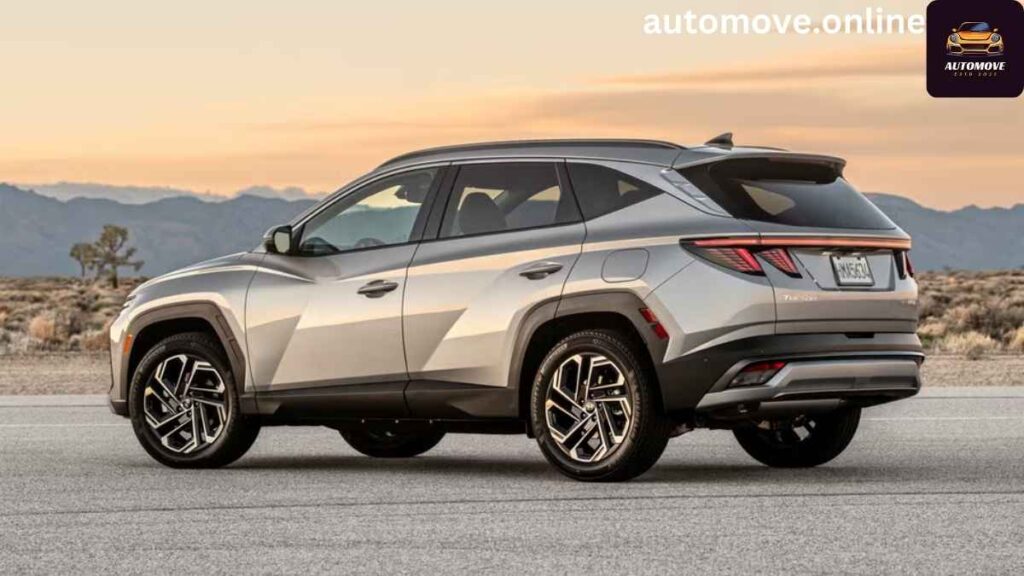Introduction
Tucson, Arizona, is a city that embodies adventure, natural beauty, and cultural richness. From its breathtaking desert landscapes to its thriving arts scene and historical landmarks, Tucson offers an experience unlike any other. Whether you’re an outdoor enthusiast, a history buff, or a foodie looking for unique flavors, Tucson has something for everyone. In this guide, we will explore the best that Tucson has to offer, helping you plan an unforgettable adventure.

Table of Contents
1. Discovering the Sonoran Desert
Tucson is home to the stunning Sonoran Desert, known for its diverse flora and fauna. Saguaro National Park, named after the iconic giant saguaro cactus, offers hiking trails, scenic drives, and opportunities to witness breathtaking sunsets. Visitors can also explore the Arizona-Sonora Desert Museum, a world-renowned attraction that combines a zoo, botanical garden, and natural history museum.
2. Hiking and Outdoor Adventures
For adventure seekers, Tucson boasts a variety of hiking trails. Popular options include:
- Sabino Canyon: A picturesque canyon with trails, waterfalls, and tram tours.
- Mt. Lemmon: Ideal for hiking, camping, and even skiing in the winter.
- Seven Falls Trail: A moderate hike leading to beautiful waterfalls in Bear Canyon.
3. The Rich History of Tucson
Tucson’s history dates back thousands of years, with Native American, Spanish, and Mexican influences shaping its culture. Mission San Xavier del Bac, built in the 18th century, is a stunning example of Spanish colonial architecture. Another must-visit is the Presidio San Agustín del Tucson Museum, which offers a glimpse into Tucson’s past.
4. The Culinary Delights of Tucson
Tucson is a UNESCO City of Gastronomy, recognized for its unique blend of Mexican and Native American flavors. Some must-try dishes include:
- Sonoran Hot Dog: A bacon-wrapped hot dog topped with beans, onions, tomatoes, and jalapeños.
- Carne Seca: Sun-dried beef used in tacos and burritos.
- Tamales: A holiday favorite made with masa and various fillings.
Local favorites like El Charro Café, which claims to have invented the chimichanga, provide a true taste of Tucson’s rich food heritage.
5. Art and Culture Scene
Tucson is a hub for artists and creatives. The Tucson Museum of Art showcases contemporary and classic works, while the Fourth Avenue district is lined with independent galleries and street murals. The annual Tucson Gem and Mineral Show attracts collectors from around the world.









